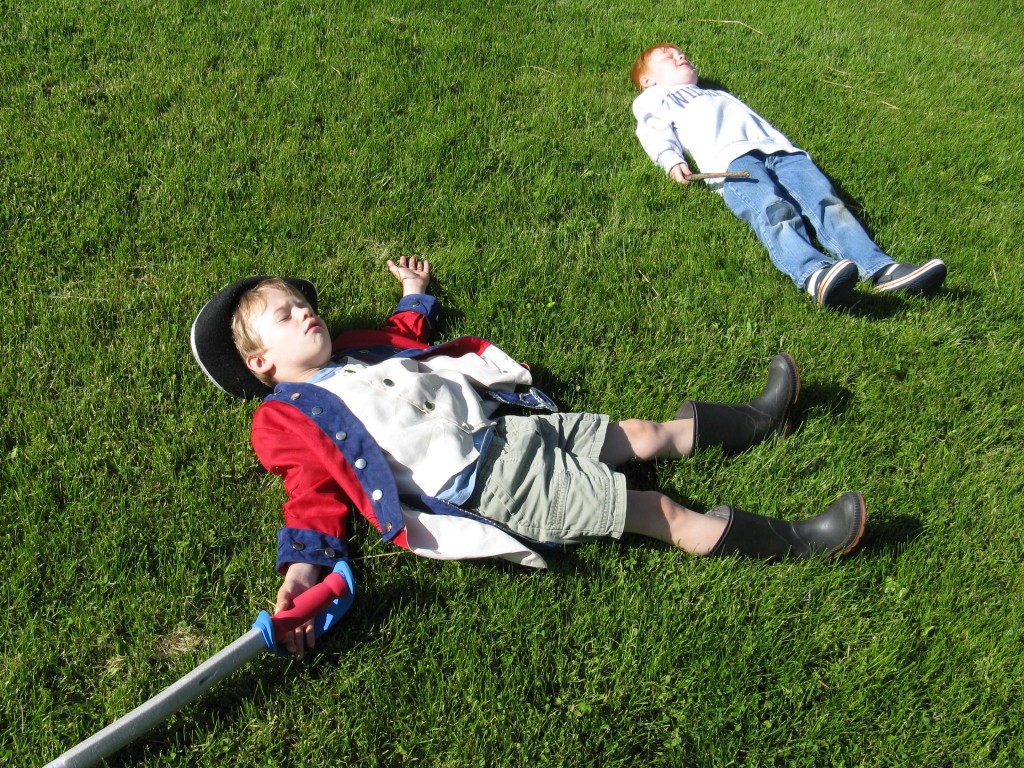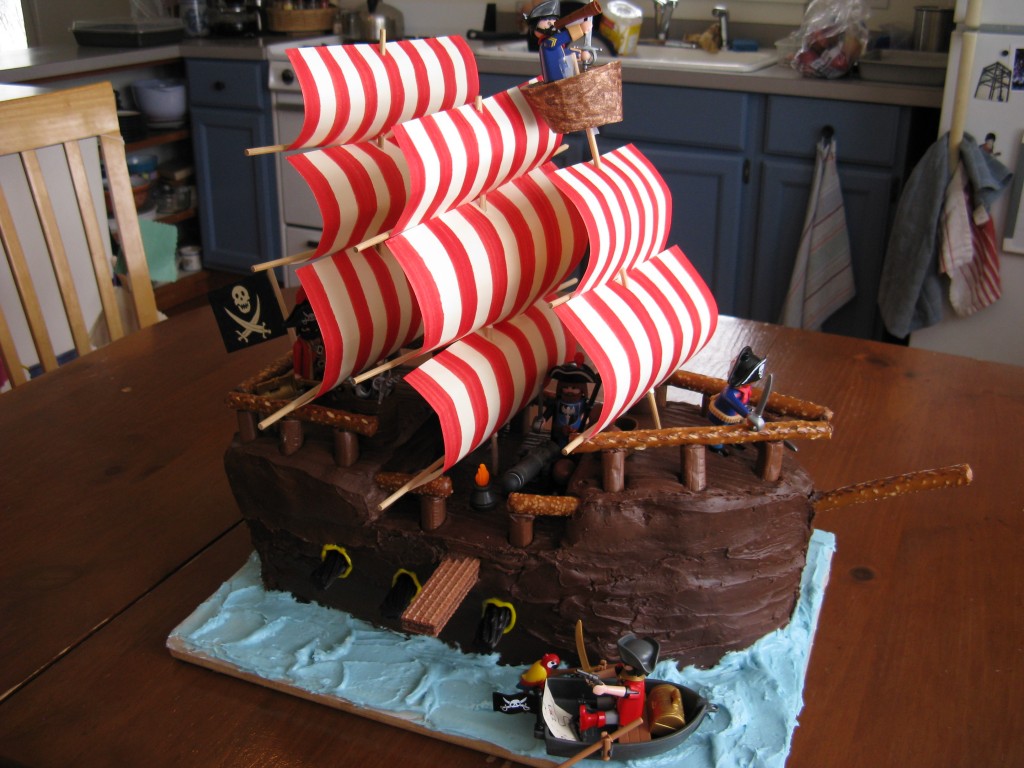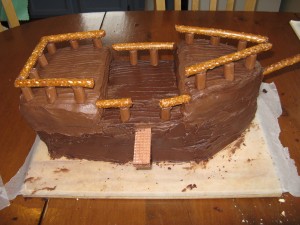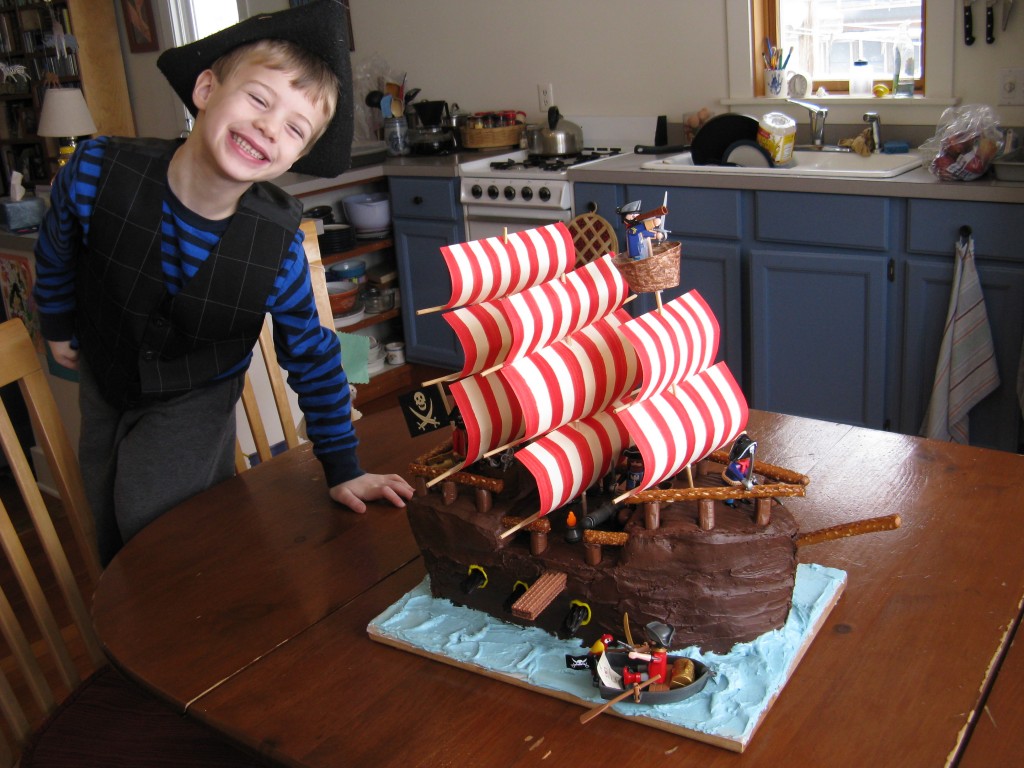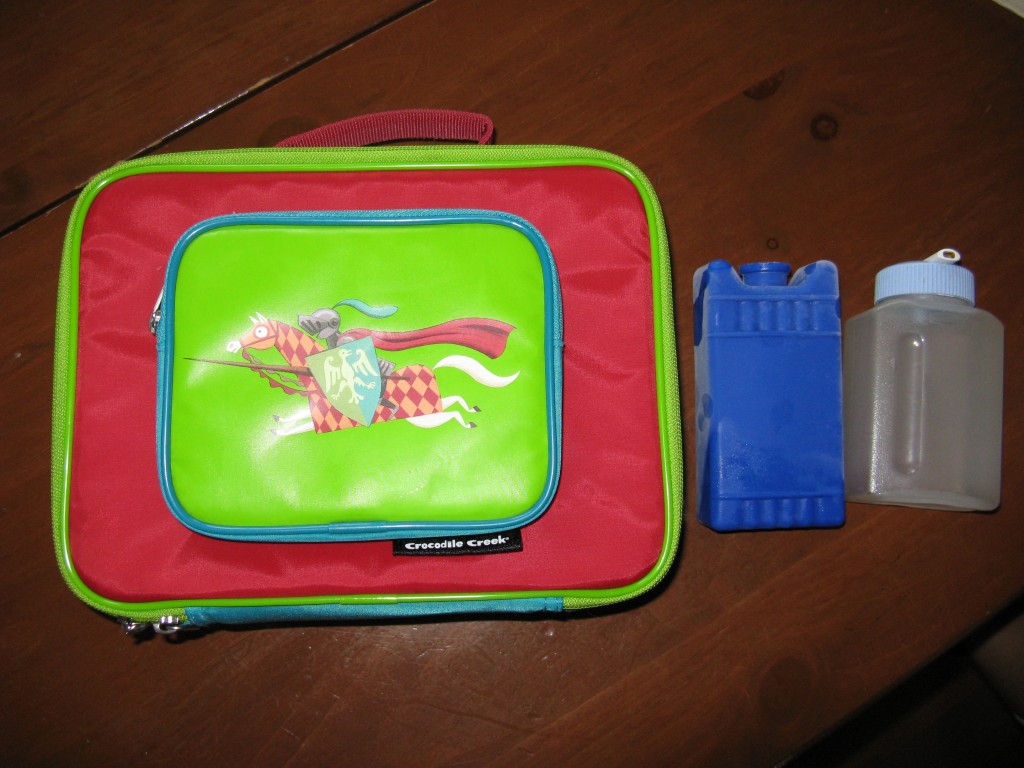A World of Books and Children
Search and enjoy 8 years of posts chock-filled with ideas from It’s OK Not to Share and beyond.
It's easy to idealize childhood. Sometimes we forget just how much young kids have to grapple with. Death, for instance. Even kids who have not been personally touched by death are trying to understand mortality.
Think about it. A young child, about age 3-5, must wrestle with startling new information. That's about the age kids learn about death. That they will die. That mom and dad will die. That all living things will someday die.
I still remember when I learned that I was mortal. I was around age 4. I knew about people dying in story books, but it was amazing and puzzling to realize that I, too, would someday cease to exist.
This is powerful stuff, and when young children encounter powerful ideas, they need to explore them through play. "We going to die and fall in the deep blue sea and turn into little crumbs of people," a child might say. Some children play games of funeral. Some ask lots of "morbid" questions. Others incorporate frequent pretend death into their dramatic play. "You're dead. You killed me. New guy." They lie still and try not to breathe. Play is the way young children process the immense fact that they will die someday.
Beginning to understand the concept of death is a major task of the preschool years.
Next time you witness kids playing dead in a game, look beyond the idea of war games. Games of life and death are vital for children to explore. It's child's play, but it's a whole lot more.
Do you talk with children openly about death? How have your children expressed their interest in death? What play involving death bothers you?
My kindergartener loves pirates, so we concocted a pirate cake for his birthday party. I love the process of turning a child’s wish into reality. The ship was three-tiered, complete with poop deck, bowsprit, topsails, gun ports and a chocolate wafer plank. All told, it took eight hours to make. Then we plunged a knife in through the chocolate frosted deck boards and devoured it.
“How could you eat something like that?” people asked. “It’s too beautiful to eat…all that work…”
Elaborate cakes give me joy, but it’s the joy of creative process I love most. The cake itself is ephemeral. Concocted, created with great enthusiasm, then… GONE.
It reminds me how important process is to children when they create art. The delight comes from experimenting and bringing something to life. It’s the action of art that’s important for kids, not the final product. Asking “how” questions when a child shows us artwork helps keep the focus on the process. Next time a child shows you a painting or drawing, ask an action question “How did you do that?”
The cake itself has been reduced to crumbs. The Playmobil pirate guys are back in the living room, the frosting scraped off their feet. The cake is gone, but the fact that it was created lives on. What we create stays with us. The process shapes us. The joy it gives prompts us to do more. What will be our next creative endeavor?
Creating edible art helps us practice the art of letting go. This is an essential life skill – it helps us accept change, accept death, and refocus life to center on relationships and experiences rather than ‘stuff.’ Besides, what’s the good of keeping it? A cake will only get moldy. Better to eat the pirate ship while it’s still fresh and marvelous.
And, of course, moving on to the next stage is also delicious.
What do you hang on to? How do you practice letting go and moving on? What’s your latest creation?
~ ~ ~
For those of you curious about the pirate ship cake process:
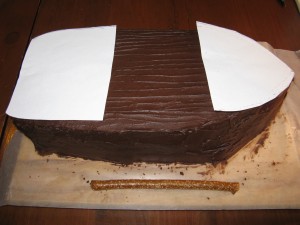 I built the ship in three layers, using up three cake mixes. The ship was longer than a 13x 9 pan, so I had to cut and piece cake together with frosting. Using a pattern helps keep the shape consistent between the layers.
I built the ship in three layers, using up three cake mixes. The ship was longer than a 13x 9 pan, so I had to cut and piece cake together with frosting. Using a pattern helps keep the shape consistent between the layers.
Pretzel rods made an excellent “wooden” bowsprit and taff rail around the ship. I attached the pretzels to the tootsie roll stanchions with dabs of frosting. The cannon balls are malted milk balls. Buckets are made of rollos. The plank is a chocolate wafer cookie. I made the gun ports by poking in black licorice pieces and outlining them with colored frosting.
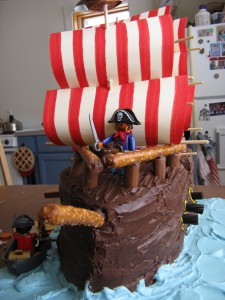 To make an ocean I just directly frosted the wooden cutting board used as a base, making “waves” with swirls of extra frosting. I originally hoped to make edible sails or at least masts made of pretzels rods, but paper ones worked better. The sails are cardstock paper poked by wooden barbeque skewers (pretzel rods were too fat to do that). I added skewers at the bottom of each sail for the yards, and the crow's nest is made of cardstock, too.
To make an ocean I just directly frosted the wooden cutting board used as a base, making “waves” with swirls of extra frosting. I originally hoped to make edible sails or at least masts made of pretzels rods, but paper ones worked better. The sails are cardstock paper poked by wooden barbeque skewers (pretzel rods were too fat to do that). I added skewers at the bottom of each sail for the yards, and the crow's nest is made of cardstock, too.
Finishing touches – pirate figurines, pirate gold, extra supply of swords, tiny treasure map and Calico Jack’s pirate flag flying off the stern.
Smiles!
I trained both my kids to pack their own lunch boxes before the start of school. The other day I finished my morning routine early and casually asked my 8-year-old if he wanted help.
"Help?!" he retorted, scorn in his voice. "What would I need help for? This is easy!"
He's right. It is easy. Fruit, protein, sandwich, water bottle filled with water, nutritious snack, spoon if you need one. Put it all in. Zip it up. My offer to help was preposterous. It undermined his capable independence.
I'm a big advocate for play, but I also love it when kids WORK. I think we forget sometimes that chores we consider "work" are new skills for kids and provide them with a wonderful sense of independence, power and competency. He's right - it is easy. He can do it. And when other kids at school say "I wonder what did my dad/mom packed in my lunch box?" he can say "I know what I have. I packed it myself."
But there's also a flip side. Much as taking control of chores gives our kids a surge of good feelings of independence, it can also be too much. Lunch packing is easy - my kindergartener can do it - but he can't handle it right now. It's not the physical action that's hard, it's the emotions. At this stage, he's using all his emotional energy just getting dressed, brushing his teeth and adhering to the schedule of school buses. One more thing and he'd crack.
When to introduce a new chore and responsibility?
Try individualizing it by child and temperament. I like to give my oldest one new jobs (making the bed) when he's about 1 year past being physically ready. Then the job is easy and no burden. It works best for my youngest one if he gets a new job just before he can do it well physically - being a younger sibling he seeks the emotional pride of being able to do something beyond his years.
Have you seen pride and self-confidence grow when children work? Do you consider emotional as well as physical readiness for new life steps?

